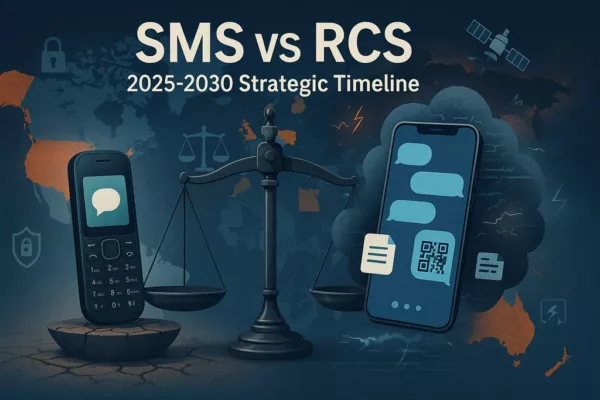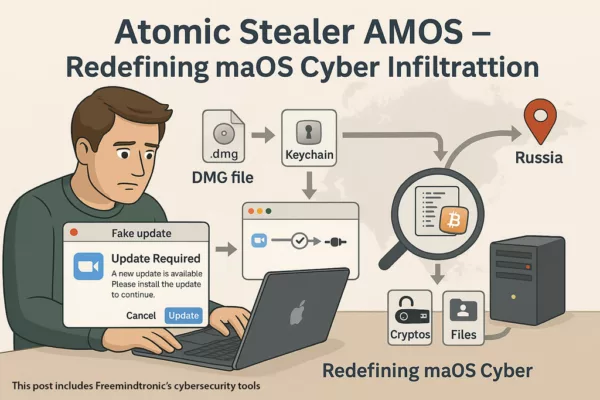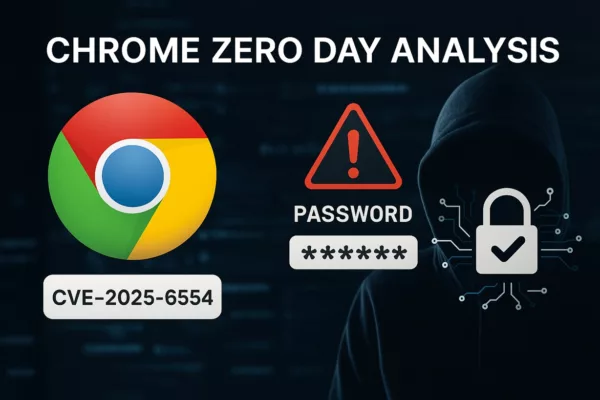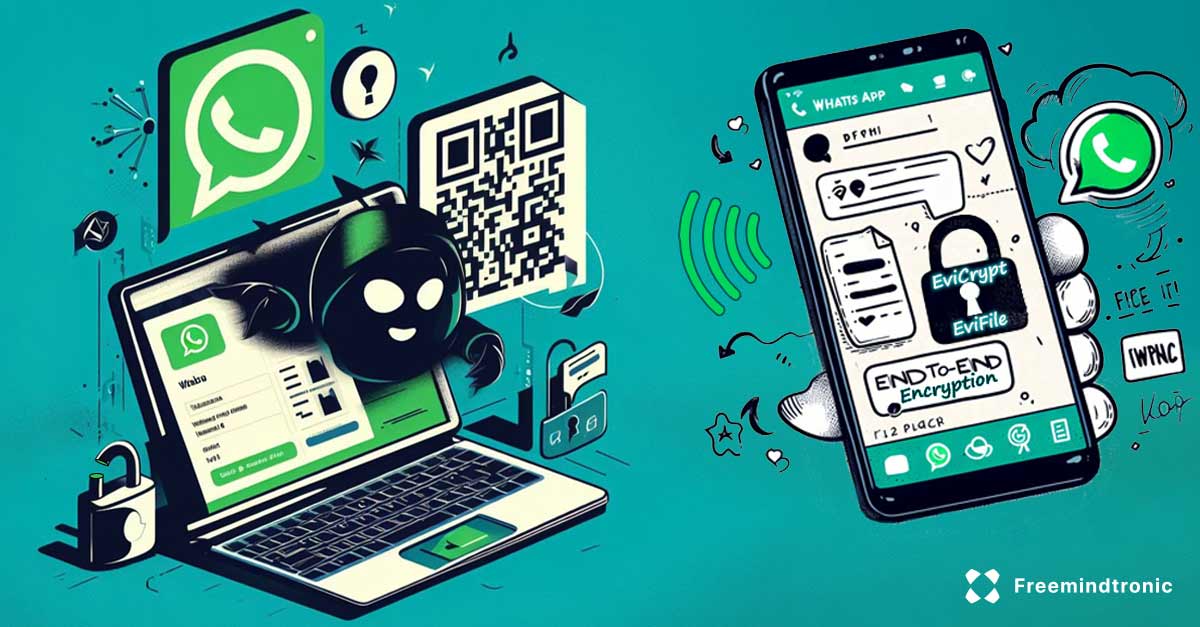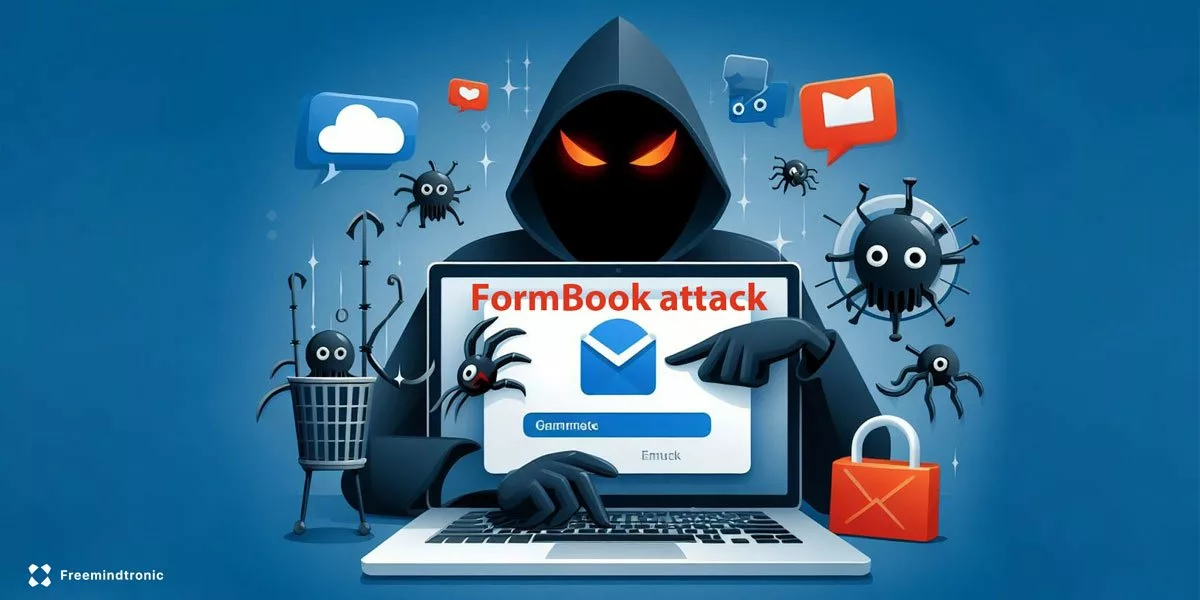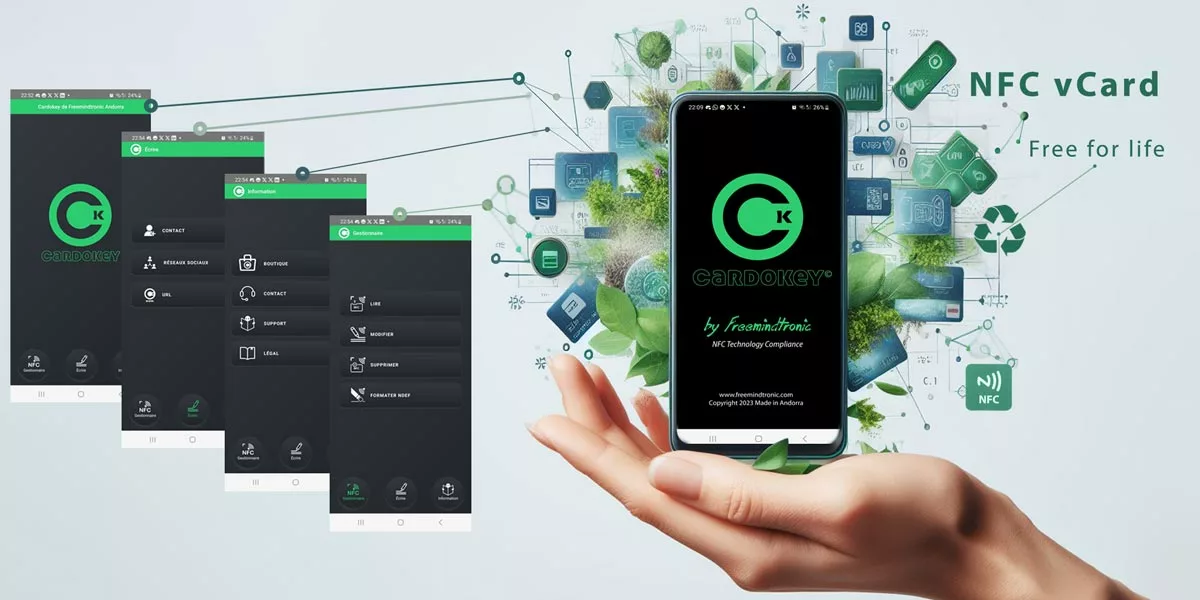How to Prevent and Solve WhatsApp Hacking Issues WhatsApp, with over 2 billion users worldwide, remains a prime target for hackers. Despite its popularity, WhatsApp is not immune to hacking, which can severely compromise the security and privacy of your conversations. Leveraging hardware-based security and encryption tools is essential not only for securing personal chats […]
Stay informed!
Join our community of technology enthusiasts! Subscribe to our newsletter and receive exclusive updates on the latest news, special offers, and tips from Freemindtronic. Stay informed on the latest technology trends, discover new products, and be among the first to take advantage of them. Sign up now by entering your email address below. Don't miss any updates from Freemindtronic!

